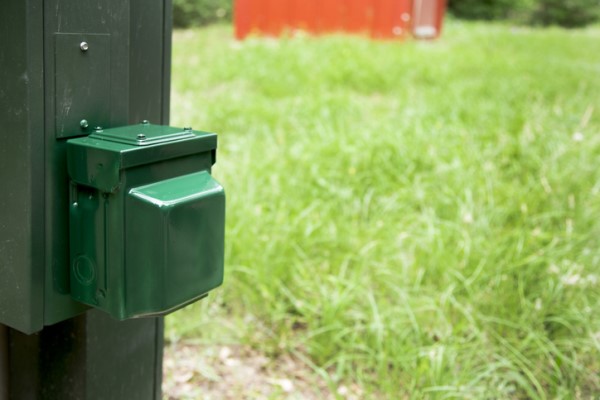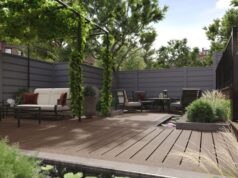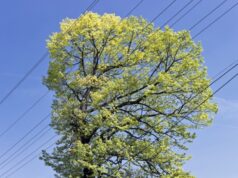
To safely use electrical equipment outside, it’s advisable to have a dedicated external power point rather than a trailing extension lead from inside your home. So, let’s look at everything you need to know about installing an outdoor socket. Electrician Steven Jones at HomeHow.co.uk explains it in detail.
Who can install an outdoor socket?
Only a qualified and registered electrician can install an outdoor socket. There are too many safety issues to consider doing this work yourself, both for you as a homeowner and for anyone who may use the socket. Therefore, it’s important to hire an electrician to do this work for you.
What is an IP rating?
Any outdoor socket must be rated IP44 or higher to protect it against the weather. But what exactly is an IP rating?
IP stands for ingress protection. It relates to the ability of electronic equipment and electrical devices to resist liquid and dust ingress. The two numbers following IP relate to this level of protection.
The first digit refers to the resistance of the item against ‘solid’ material, but this typically refers to the ingress of dust. This first number goes from zero to six, with zero being no protection and six being the highest level of protection.
The second digit refers to the level of protection against liquid ingress and goes from zero to nine. Again, zero means no protection, and nine is the protection of the item from high-pressure hot water coming from different angles.
Understandably, it’s very important for an external socket to have a high IP rating as it is exposed to the elements all the time. While the minimum IP rating is IP44, it’s advisable to have slightly higher.
Where to position an outdoor socket?
Positioning of a new outdoor socket is not as straightforward as it may sound. There are regulations about the height at which an external socket must be fitted, at least 30cm above the ground.
This is to protect the socket against water ingress during heavy rain. It is also to shorten the amount of cabling needed to connect the socket to the main power supply to protect against voltage drop and potential failure points.
If possible, place your outdoor socket somewhere sheltered or, at a minimum, the least exposed site that is still convenient for you to use the socket.
The benefit of a professionally fitted outside socket
A professionally fitted outside socket is much safer to use and will offer convenient access for lawnmowing, car washing or even entertaining guests with your music system.
The most important aspect is to ensure that the work is done properly and in compliance with all wiring regulations. You can then relax, knowing that your socket will function safely and for years to come.





